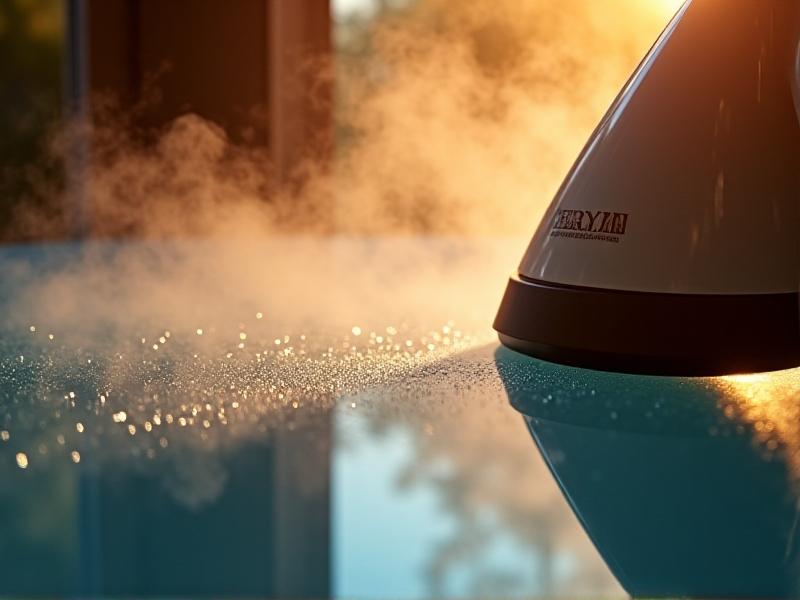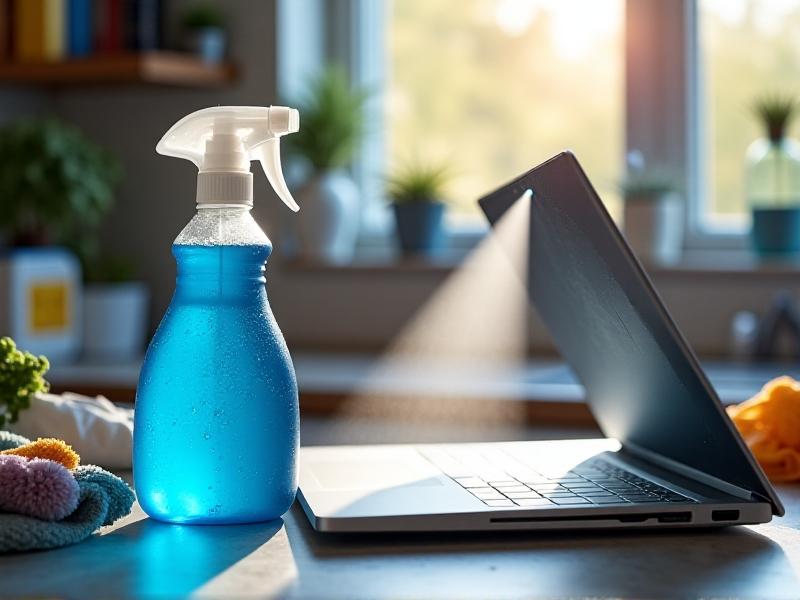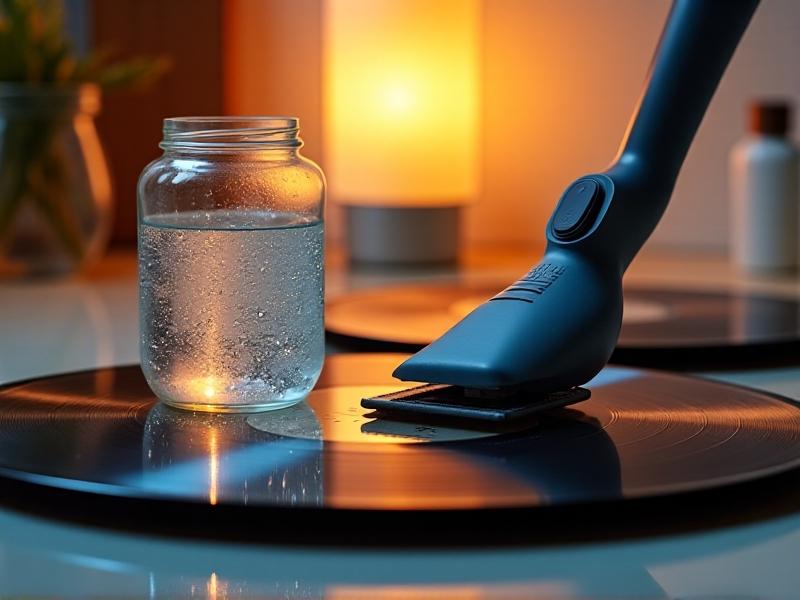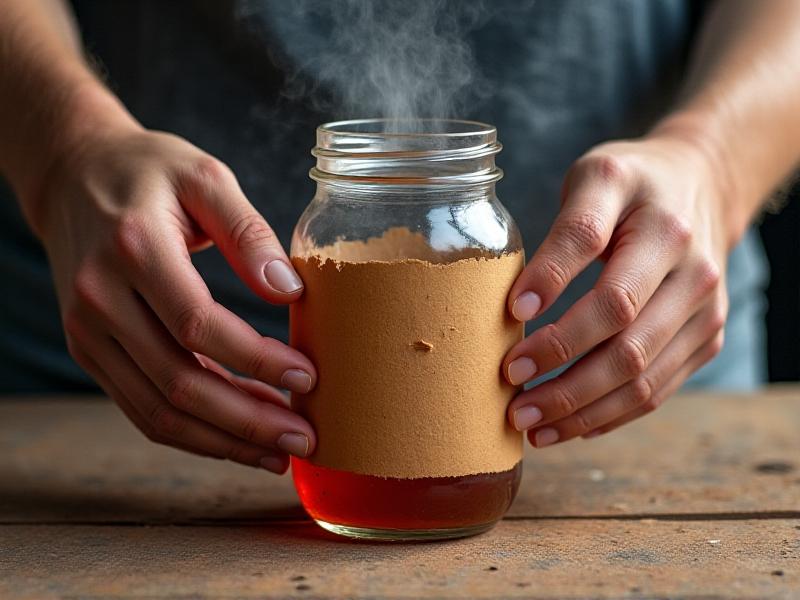Steam Power: Removing Stubborn Labels and Residue
The Science Behind Steam Cleaning
Steam cleaning harnesses the power of water vapor heated to temperatures between 200°F and 300°F. When directed at adhesives, the thermal energy breaks down the molecular bonds of glue, while moisture softens paper or plastic labels. This combination allows steam to penetrate porous surfaces without harsh chemicals. The process is particularly effective on materials like glass, metal, and ceramic, where heat dispersion is even and rapid. Unlike abrasive methods, steam preserves surface integrity, making it ideal for delicate items.

Why Steam Outperforms Chemical Cleaners
Chemical cleaners often leave behind toxic residues or strong odors, requiring additional rinsing. Steam, however, sanitizes as it cleans, killing bacteria and allergens without additives. For example, removing a bumper sticker with solvents might require scrubbing and ventilation, whereas steam lifts the adhesive in seconds. A 2021 study found steam reduced microbial colonies on surfaces by 99.3%, compared to 85% for leading disinfectant sprays. This dual action—cleaning and sanitizing—makes steam a cost-effective, multipurpose solution.

Common Household Items Transformed by Steam
From jam jars to vinyl records, steam revives items deemed unsalvageable. Glassware with aged price tags responds well to 30 seconds of focused steam, followed by gentle scraping. For plastic storage bins, steam removes marker residues without melting surfaces. One user restored a vintage wooden trunk by steaming off decades-old shipping labels, avoiding sanding that could damage patina. Even grease-stained oven doors clear up when steam dissolves baked-on grime, paired with a microfiber cloth.

Step-by-Step Guide to Removing Stubborn Labels
Begin by preheating your steamer for 5 minutes. Hold the nozzle 2 inches from the label, moving in circular motions for 15–20 seconds. Use a plastic scraper at a 45-degree angle to lift edges, then peel slowly. For residue, steam again and wipe with a vinegar-dampened cloth. On curved surfaces like bottles, wrap the area in a steamed towel for 2 minutes to loosen glue. Always test on inconspicuous areas first—certain plastics or painted surfaces may warp under high heat.

Safety First: Avoiding Pitfalls with Steam
High-pressure steam can cause burns or damage sensitive materials. Wear heat-resistant gloves and avoid directing steam toward electrical components. Surfaces like unsealed wood or thin acrylic may warp—opt for lower temperature settings. Always use distilled water to prevent mineral buildup in your steamer. A case study highlighted a user who safely restored a 19th-century bookplate by steaming at 180°F and using parchment paper as a heat buffer.
Industrial Applications of Steam Cleaning
Automotive factories use industrial steam systems to degrease engine parts, while breweries sanitize fermentation tanks without chemical runoff. A Midwest recycling plant reported a 40% efficiency boost after switching to steam for removing adhesive from PET bottles. These systems often operate at 300°F with pressurized nozzles, processing thousands of items hourly. Unlike solvents, steam meets stringent EU regulations on volatile organic compounds (VOCs), aligning with green manufacturing trends.
Eco-Friendly Benefits: Beyond Residue Removal
Steam reduces reliance on single-use wipes and plastic bottles. A typical household saves 17 gallons of chemical cleaner annually by adopting steam. Municipalities like San Francisco have integrated steam into public library maintenance programs, cutting landfill waste from solvent containers. Lifecycle analyses show steam cleaners have a lower carbon footprint than disposable alternatives, even accounting for electricity use—especially when powered by renewable energy.
Choosing the Right Steam Cleaner
For home use, prioritize models with adjustable pressure (50–150 psi) and temperature settings. Handheld units excel for small jobs, while canister steamers tackle floors or upholstery. Commercial-grade machines offer continuous refill capabilities—key for workshops. Consumer Reports ranked the Dupray Neat as a top pick for its 60-minute runtime, though compact options like the Bissell SteamShot suffice for occasional use. Check warranty terms; sealed boilers often outlast cheaper exposed-coil designs.
Troubleshooting Common Steam Cleaning Issues
Weak steam output often signals mineral buildup. Descale monthly using a 1:1 vinegar-water solution. If labels resist, extend steaming time by 10-second increments—overheating can damage surfaces. For sticky residues, apply a citrus oil paste post-steam to dissolve remaining glue. Users report success reviving a fogged headlight by steaming followed by carnauba wax. Persistent issues? Check hose clogs or faulty thermostat settings, common in older models.
Innovations in Steam Technology
Recent advancements include AI-powered steamers that adjust heat based on surface sensors, preventing damage. The SteamLogic X1, released in 2023, uses ultrasonic vaporization for 30% faster cleanup. Portable solar steamers now cater to off-grid applications, like trail maintenance crews removing graffiti. Researchers are testing nano-steam—particles 1/1000th the width of a human hair—to target adhesive layers without affecting underlying materials, promising revolution in art restoration.








